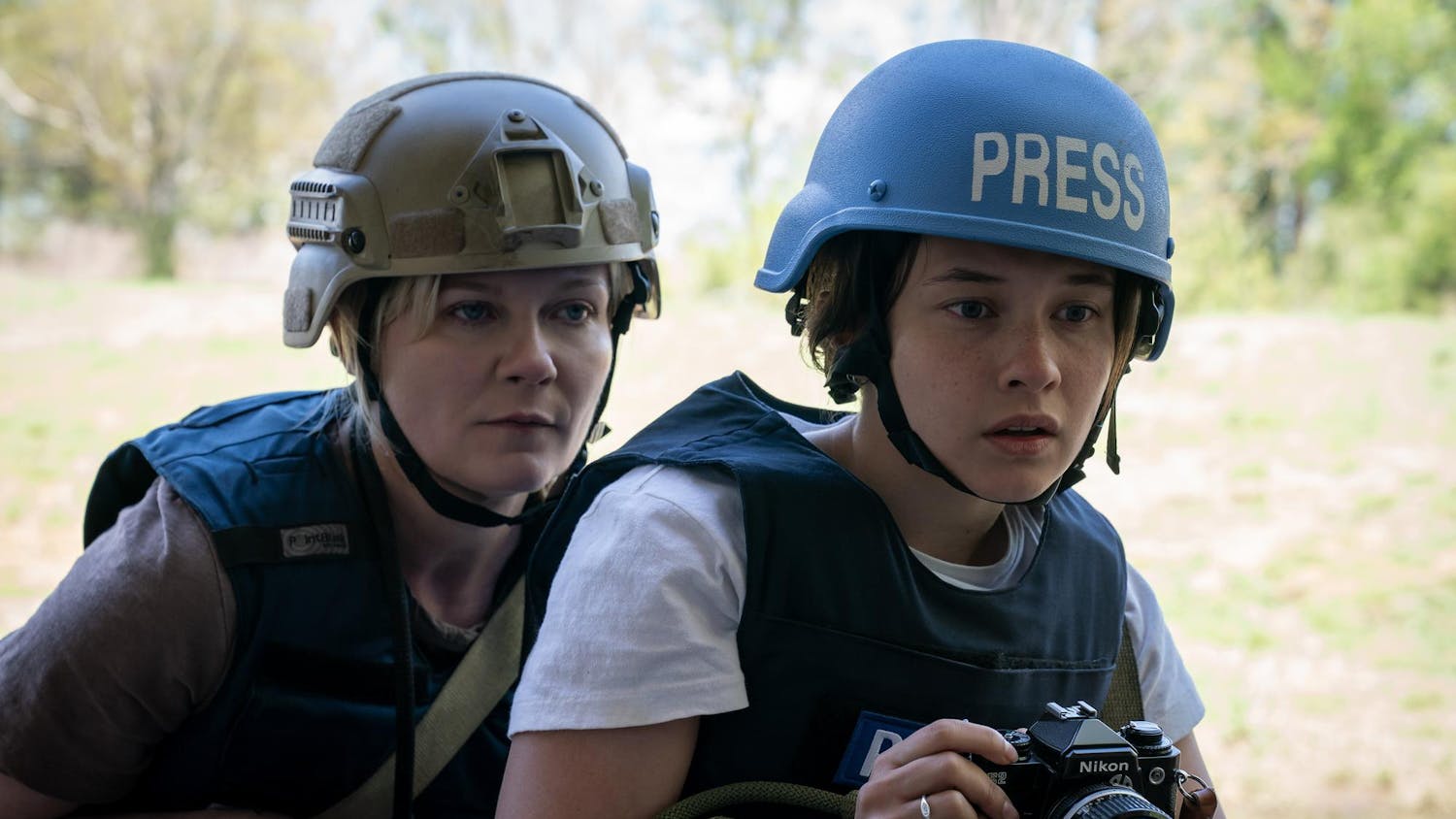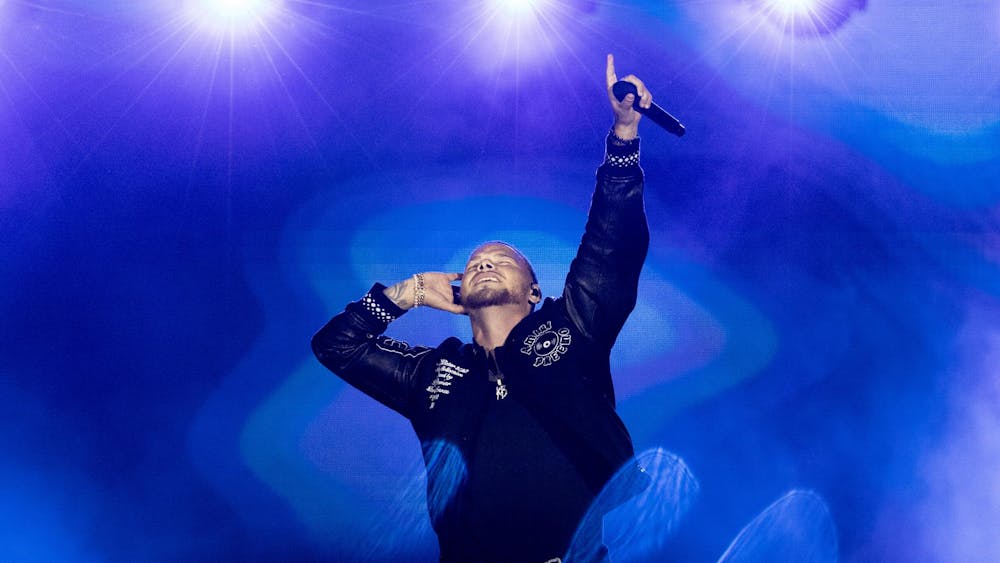Hiroshi Ninomiya of the Tokai University School of Music in Tokyo was at IU Oct. 12 to give a lecture on the origins of contemporary Japanese music.
The evolution of Japanese music began, he said, after World War II when there was a greater push for individuality in music. Before the war, many Japanese composers had gone to Europe to study music, and over time they gradually passed down what they had learned abroad to the next generation. Ninomiya was one of these protégés himself.
Ninomiya said it is because of the previous generation’s education in Europe that contemporary Japanese music is so similar to French compositions.
A similarity can also be seen between the two countries in that both were heavily influenced by neighboring countries. French music developed largely out of Italian influence, and Japanese music drew inspiration from its Chinese counterpart.
Because of these similarities, Ninomiya said he was able to feel a connection to the music students in Paris when he lived there from 1994 to 1995. However, most Japanese music today expresses a distinct Asian identity, which separates it from French works, even if the composers did not consciously express this identity.
Throughout the lecture, Ninomiya discussed several pieces of music that showed different sounds and use of silence. From these works, Ninomiya explained the core elements of Japanese music.
The use of silence, space between sounds, lingering and stops in the songs mark Japanese contemporary music as distinct.
“Sound is represented as meaning,” Ninomiya said. “When the actual time stops, the time for imagination begins.”
Following the lecture, there was a recital at the IU Art Museum which included a tenor recorder solo by retired professor of music at the Jacobs School of Music Eva Legêne of Ninomiya’s “Tirade,” originally written for the oboe.
Legêne also performed “Daydream for Recorder,” composed by Don Freund, professor of composition at the Jacobs School.
The recital also included performances by Tatsuya Muraishi, Masayuki Maki, and Anne Legêne, playing the violin, harpsichord, and viola de gamba, respectively.
“We all got together for the first time on Thursday,” Anne Legêne said. “And then for a few hours on Friday and a few more on (Saturday).”
The recital drew an audience of about 50 people, all of whom listened intently throughout the entire performance.
After the recital, Ninomiya, Freund, and and the performers took their bows to a large round of applause.
“Everything was beautifully played,” Michael McCraw, professor of music at the Jacobs School, said. “The solo recorder pieces in particular were fabulous.”
Guest professor lectures on Japanese music
Get stories like this in your inbox
Subscribe





